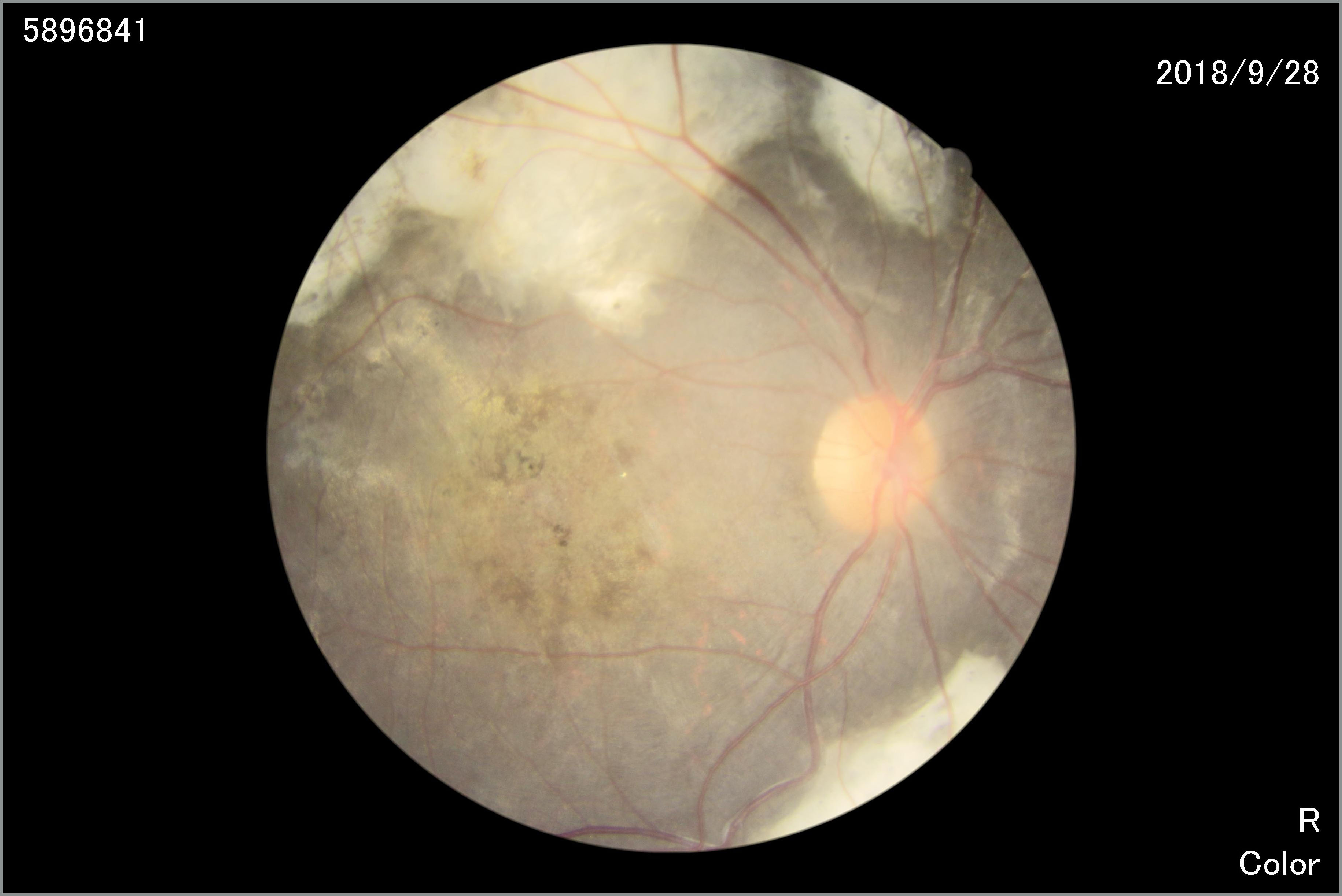Just like the film of a camera, the retina is the thin photo-sensitive layer at the back of the eye which is vital for vision. Diseases of the retina occur frequently in adults, but can also occur in very young children. Treating the young eye is important, and the paediatric retina surgeon's role is to try to delicately restore structure and function to the retina so as to preserve vision.
Dr Andrew Tsai has recently return from his paediatric retina fellowship. He shares his experience with us
Q: Welcome home, Andrew, can you tell us where you went for your HMDP, and what you learnt there?
I spent a year overseas on Health Manpower Development Programme (HMDP) training with Prof RV Paul Chan at University of Illinois, Chicago, USA (January 2022 to July 2022) and Prof Wei-Chi Wu from Linkou Chang Gung Memorial Hospital (CGMH), Taoyuan, Taiwan (August 2022 to January 2023).
In the United States, I had a broad clinical exposure to various adult and pediatric retinal diseases especially pediatric retinal vascular diseases such as retinopathy of prematurity (ROP), familial exudative vitreoretinopathy (FEVR), Coat’s disease and persistent fetal vasculature (PFV). I also rotated weekly to a private practice retina group (Retina Consultants Ltd) and spent time with Dr Michael Shapiro who is highly regarded for his field of Sticklers, and Dr Michael Blair who is an excellent adult and pediatric retinal surgeon. In Illinois Eye and Ear Infirmary (IEEI), I had both clinical and research exposure. Handheld optical coherence tomography was regularly used to image various pediatric retinal conditions. It has provided us with new insights as it can image various subclinical retinal structural changes that is invisible on indirect ophthalmoscopy.


Coat's disease with massive exudation. Stabilized with combination therapy with intravitreal anti-VEGF, cryotherapy and laser photocoagulation. Residual subretinal scarring
In Taiwan, there was a high clinical load of both complex adult and pediatric retinal conditions. Overall, I gained confidence in operating on more advanced vitreoretinal cases and was able to achieve a reasonable outcome. Some memorable surgical cases include shaken baby syndrome, PFV, stage 4 and 5 ROP, FEVR related retinal detachments, trauma related retinal detachment (RD)/ proliferative vitreoretinopathy (PVR) and combined penetrating keratoplasty (PK) vitrectomy cases. In addition, I also spent time with Prof Lai Chi Chun who is an expert on highly myopic macular surgeries.
Q: Now that you are home, what do you plan to do with this new knowledge?
Since returning back home, I have started a pediatric retina clinic at KK Women’s and Children’s Hospital, and also have both adult and pediatric surgical retina clinics at SNEC.
In the future, I believe that we will be able to better image pediatric retinal diseases with hand-held systems, as well as low-cost imaging devices. Understanding the genetic associations of both adult and pediatric retinal diseases is also important as we strive towards precision medicine. Surgical visualization will also improve for vitrectomy and that will enable surgeons to perform more precise work on the pre-retinal and subretinal space.

Left to right: With Prof RV Paul Chan, Maura Di Nicola
(Medical retina fellow) and Dina Johnson (ROP coordinator) in clinic

In CGMH, comforting a baby before surgery

With the motto of Chang Gung Memorial Hospital: Benefit Mankind with Sincerity and Diligence
Contributed by:

Dr Andrew Tsai
Consultant
Department of Surgical Retina
Singapore National Eye Centre
Back to
EyeSight main page.
